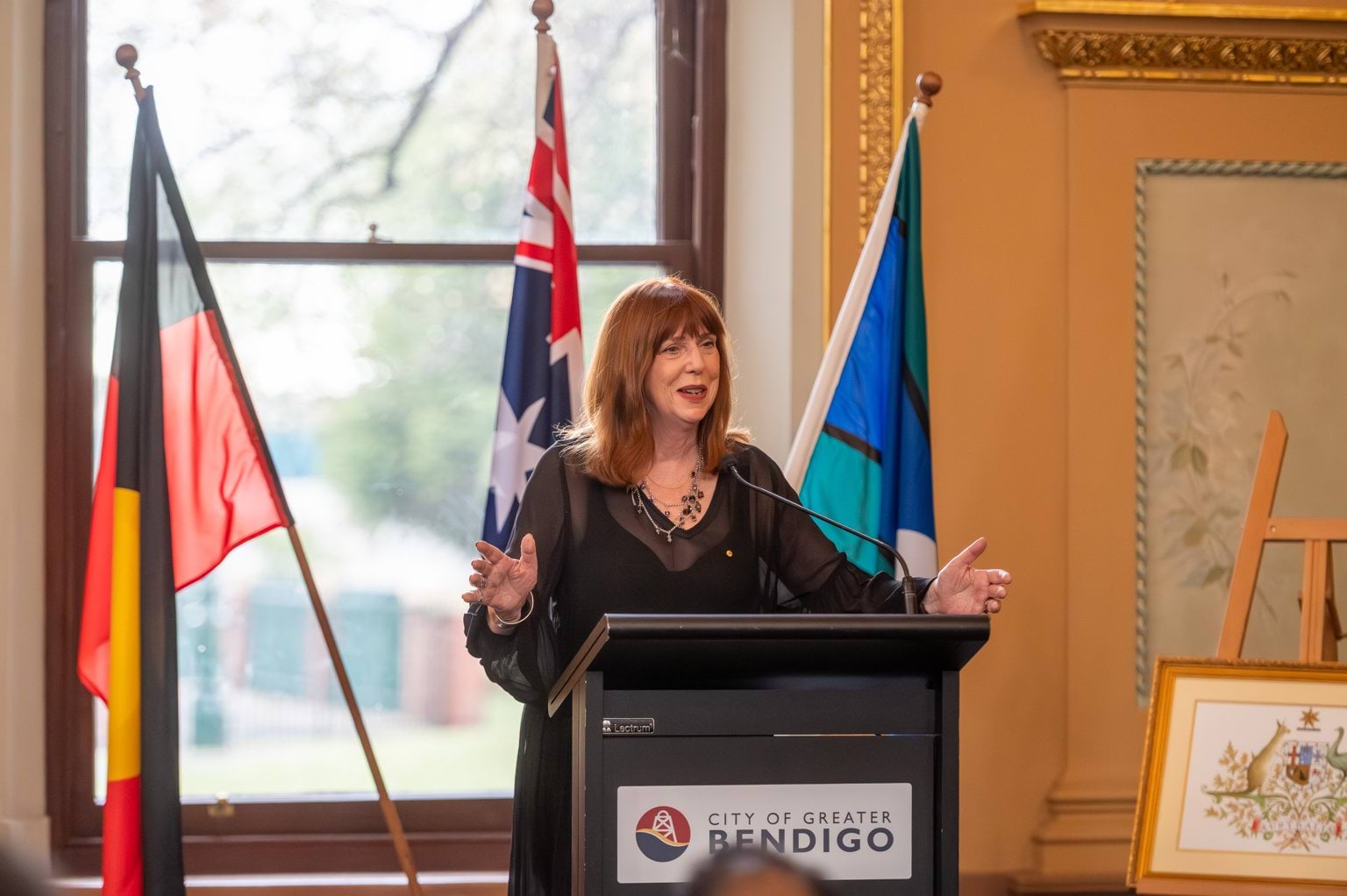- Published:
- Thursday 16 October 2025 at 4:45 pm

I begin by acknowledging the Traditional Owners of the lands on which this building stands – the Dja Dja Wurrung People – and pay my respects to their Elders, past and present.
For as long as there have been Governors of Victoria, they have travelled across the State to speak with Victorians where they live.
It’s always interesting to search the archives to read of these visits in years past.
Given Bendigo’s rich history, you can find examples almost as old as the State of Victoria itself.
On one such occasion, in 1864, Governor Sir Charles Darling embarked on such a visit.
It was not the first time a Governor had toured this place – but it was the first time they had travelled here by train rather than by horse.
However, according to The Argus, the visit was dampened by terrible weather, and the newspaper begrudged the lack of flags and arches on display for the welcome.
It published a damning report of the visit, writing that:
“…the pathways became muddier and muddier, and the Governor’s visit ended in as melancholy fashion as could be…
…so depressing were surrounding circumstances that only a half-hearted cheer accompanied the final parting at the railway station.”
I’m pleased to report that I have certainly not found my own visit to be miserable, nor do I measure its success by the level of fanfare – as was the norm 160 years ago.
However, let us imagine what this town was like in 1864, at the time Sir Charles was here.
We can conjure images of wide, dirt roads, traversed by horses and carriages, and flanked by grand Victorian-era buildings.
It was a town that had experienced the Gold Rush the decade previous, which ended almost as quickly as it had arrived.
That period of transformation saw intense activity and movement of people – unfortunately to the detriment of the Dja Dja Wurrung who have lived here for millennia.
The grand new railway station, completed in 1862, two years prior to the Governor’s visit, prompted the diversification of industries beyond gold mining.
Yet, a town that had recently seen such uncontrolled growth and change in the 1850s, faced an unclear future.
So much of the early history of this town has been preserved in its stories, museums and buildings
But as we reflect on the past, it is important to consider how it influences the present.
The contributions of First Peoples have endured through the displacement, violence, disease and colonisation of European settlement.
Yet they remain a core part of Bendigo’s identity today, just as the experiences of early Gold Rush migrants have left a distinct cultural mark on this place.
The wealth of those early years spawned institutions and grand buildings – including this Town Hall – that continue to play an important role in Bendigo’s contemporary society.
And the spirit of enterprise has survived the many economic cycles over the decades and continues to find new ways to innovate and grow.
These are all things I have seen firsthand during my time here.
While these visits are a longstanding tradition for Governors of Victoria, it is no longer the case that fanfare and elaborate displays are their primary focus.
Rather, they form part of the broader, contemporary role of the Governor to promote and advocate for Victoria’s interests.
The stories I hear on these visits help inform discussions with decision-makers, civic leaders, and international partners – including trade delegations that visit Government House, as well as those I meet on my own visits overseas.
They illustrate more than what can be deduced from statistics alone.
I’d like to thank the Council for their hospitality, as well as all those I have met with, who have so generously shared their time and expertise to provide these insights.
And I look forward to speaking with more of you tonight and discussing your ideas and aspirations.
Thank you.
Updated

